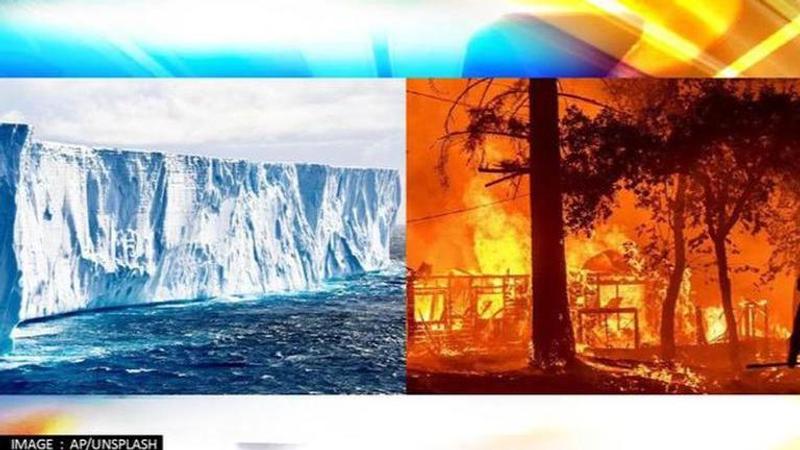Published 00:08 IST, October 29th 2021
Charcoal remnants in Antarctica reveal region once burned with forest fires: Study
However, almost all evidence of these fires can be found in the Northern Hemisphere, few documented cases can be witnessed in the Southern Hemisphere too.

Paleobiologists and researchers have come up with a theory that believes the presence of vegetation in Antarctica during the late cretaceous period, a time when the mighty dinosaurs had been ruling the global ecosystem. A team comprising of scientists and researchers from across the globe led by the Federal University of Pernambuco in Brazil found fossils that narrate past stories of mega forest fires in the region. The team found evidence in the form of fossils that prove the presence of mega forests in the region during times immemorial.
The study results throw light to the maiden evidence on record of ancient fire on the James Ross Island, a part of the Antarctic Peninsula that is now situated in the Southern Hemisphere below the South American Continent.
Researchers found presence of charcoal-like residue on Antarctican island
Pertinently, the Earth witnessed one of the warmest eras between 66 to 100 million years ago, also called the Mesozoic era or the age of reptiles, an era when there was an abundance of greenery which ultimately led to the disastrous wildfires. According to a report by WION, the researchers had paid a visit to Antarctica's James Ross Island during 2015-16 where they found the presence of fossils that had charcoal-like residue which hinted at a forest fire.
As per the researchers, such extreme fires were common and widespread during the Late Cretaceous, however, almost all evidence of these fires can be found in the Northern Hemisphere, few documented cases can be witnessed in the Southern Hemisphere too in countries like Tasmania, New Zealand, and Argentina.
Brazil paleobiologist hints at forest fires during Cretaceous period
"This discovery expands the knowledge about the occurrence of vegetation fires during the Cretaceous, showing that such episodes were more common than previously imagined," study lead researcher Flaviana Jorge de Lima, a paleobiologist at the Federal University of Pernambuco in Recife, Brazil, said in a statement reported LiveScience.
Studies have found that during the late Cretaceous period, the Gondwana supercontinent started splitting up, leaving places like Antarctica more isolated than before. This ice-free region had plenty of ignition sources, including lightning strikes, a fireball from falling meteors, and volcanic activity as well as flammable vegetation and high oxygen levels, which helps the fire burn, researchers noted, reported LiveScience.
Researchers are now looking for further indications of paleo-fire around the virtually uninhabited, ice-covered Antarctica continent.
(Image: AP/UNSPLASH)
Updated 00:02 IST, October 29th 2021



